This reflects the rapid growth of Australia’s data centre industry – the backbone of artificial intelligence (AI). This growth is, in part, being driven by multi-billion-dollar investments from major tech players including AWS, Microsoft, CDC and NextDC. Atlassian co-founder Scott Farquhar has even suggested Australia could become Southeast Asia’s data centre hub.
The power-hungry nature of data centres, however, poses major problems for the current energy grid in Australia. But there are three steps Australia can take to help power these facilities reliably and sustainably.
Increased volatility, increased risks
Unlike households and most industries, data centres require constant power. This adds pressure to an energy grid designed for variable consumption.
As more people use AI for more complex tasks, the workloads on data centres will intensify. This leads to increased baseload demand. But it also leads to unpredictable spikes and drops in demand which the grid was not built to manage. This volatility creates real risks.
This near-miss highlighted the fragility of the grid when faced with sudden, large-scale data centre disconnections.
Clean energy can’t do it alone
The limitations of Australia’s current energy mix are another source of volatility.
While renewable energy is central to the clean energy transition, it alone can’t meet baseload and peak demands from data centres. The problem is twofold. First, renewables are intermittent. Second, energy storage and backup options can only be scaled to a limited degree.
Most data centre operators have committed to 100% renewable energy by 2030. But in practice, this often means purchasing annual renewable credits or power purchase agreements.
These mechanisms don’t guarantee clean energy during actual operations – they simply help offset annual consumption. Meeting real-time demand with clean energy is a far more complex challenge. It requires greater investment in renewables, storage and transmission infrastructure. It also requires better coordination between energy regulators, utility companies and data centre operators.
These challenges were reflected in Australia’s new climate target – a 62–70% cut below 2005 levels by 2035. This sits below the 65-75% range initially proposed by the Climate Change Authority last year. Why the reduction? Among the cited “transition risks” is the significant growth of data centres.
Becoming a global champion
Australia has an opportunity to develop policies that synchronise data centre expansion with more efficient energy and grid management.
For example, smart scheduling software can automatically shift energy-intensive tasks, such as model training, to off-peak periods when renewable energy is most abundant. This wouldn’t affect more everyday, less energy-intensive tasks, such as using ChatGPT, that require immediate responses. Companies such as Google have already adopted this approach to reduce grid strain without impacting user experience.
Alongside this, data centres should be required to inform power companies in advance of large-scale AI training runs that can cause dramatic energy spikes. Companies such as Hitachi Energy have called on governments to implement such rules to support grid management, citing other energy-intensive industries, such as smelting, where prior warning is already a common practice.
Second, Australia needs to accelerate advanced energy storage innovations, including batteries, pumped hydro and thermal energy storage. Research in many of these technologies is already underway, backed by government initiatives and private investments.
Third, Australia can require data centres to set what are known as “power usage effectiveness” – or PUE – targets to drive energy efficiency.
PUE targets are calculated by dividing the data centre’s total energy use by its IT equipment energy use. A PUE closer to 1.0 indicates greater energy efficiency.
PUE limits in China helped reduce its average PUE from 1.54 to 1.48 in just one year. Similarly, voluntary initiatives such as the European Union’s code of conduct for data centre energy efficiency, have consistently lowered the average PUE among participating facilities.
Author: Johanna Lim, Research Associate, University of Sydney
This article was initially published in The Conversation and is republished here under a Creative Commons Licence.
The views and opinions expressed in this article are the author’s own, and do not necessarily reflect those held by pv magazine.
This content is protected by copyright and may not be reused. If you want to cooperate with us and would like to reuse some of our content, please contact: editors@pv-magazine.com.
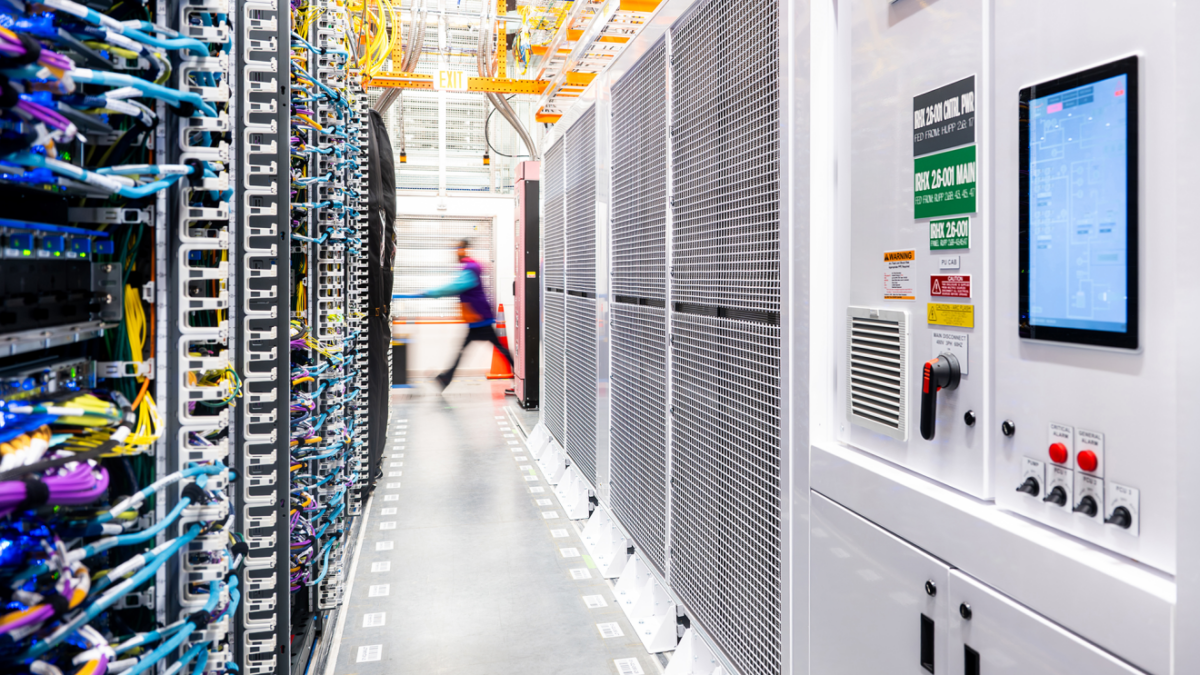
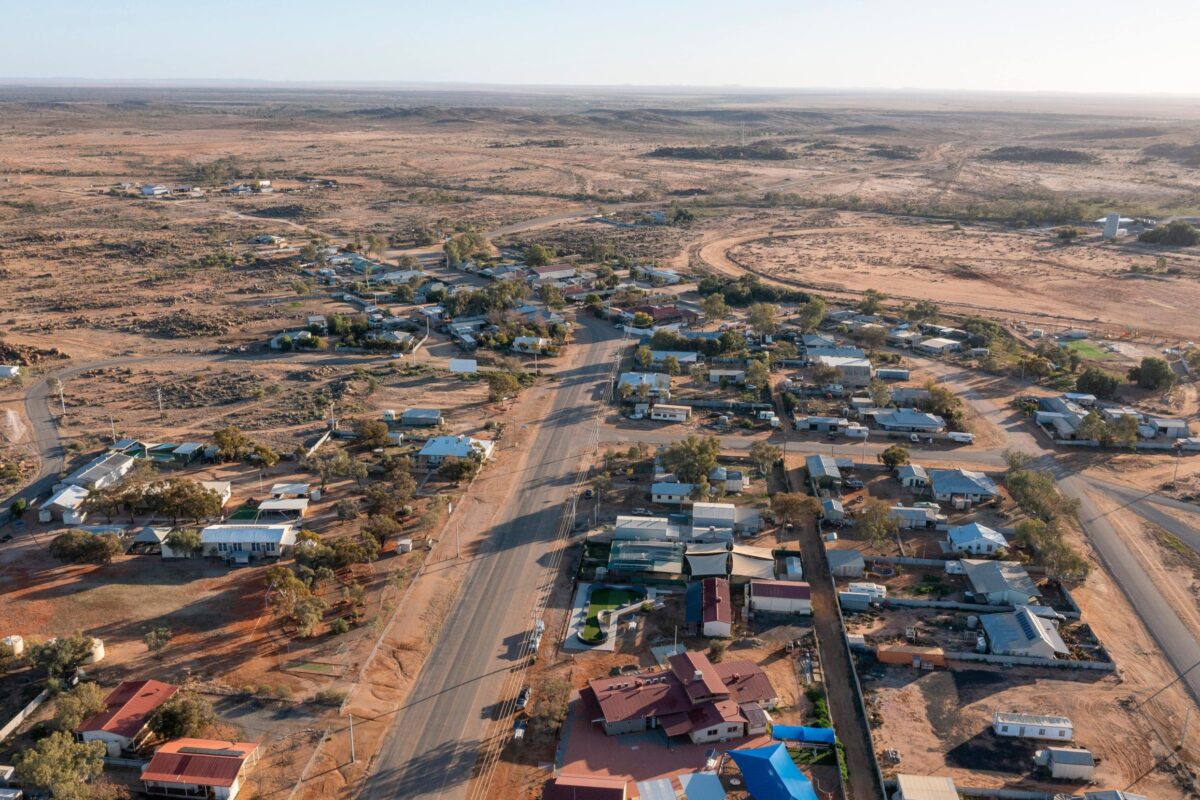

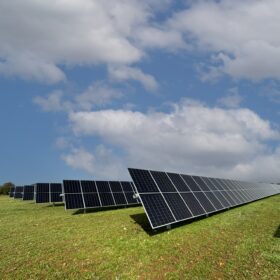
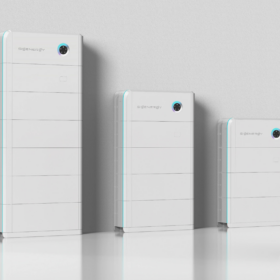
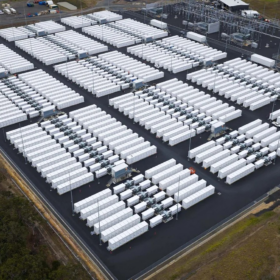
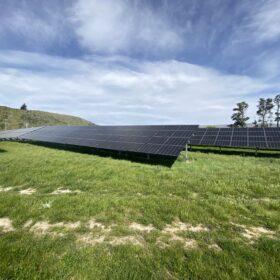
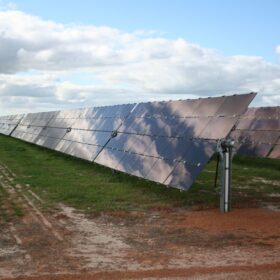
By submitting this form you agree to pv magazine using your data for the purposes of publishing your comment.
Your personal data will only be disclosed or otherwise transmitted to third parties for the purposes of spam filtering or if this is necessary for technical maintenance of the website. Any other transfer to third parties will not take place unless this is justified on the basis of applicable data protection regulations or if pv magazine is legally obliged to do so.
You may revoke this consent at any time with effect for the future, in which case your personal data will be deleted immediately. Otherwise, your data will be deleted if pv magazine has processed your request or the purpose of data storage is fulfilled.
Further information on data privacy can be found in our Data Protection Policy.